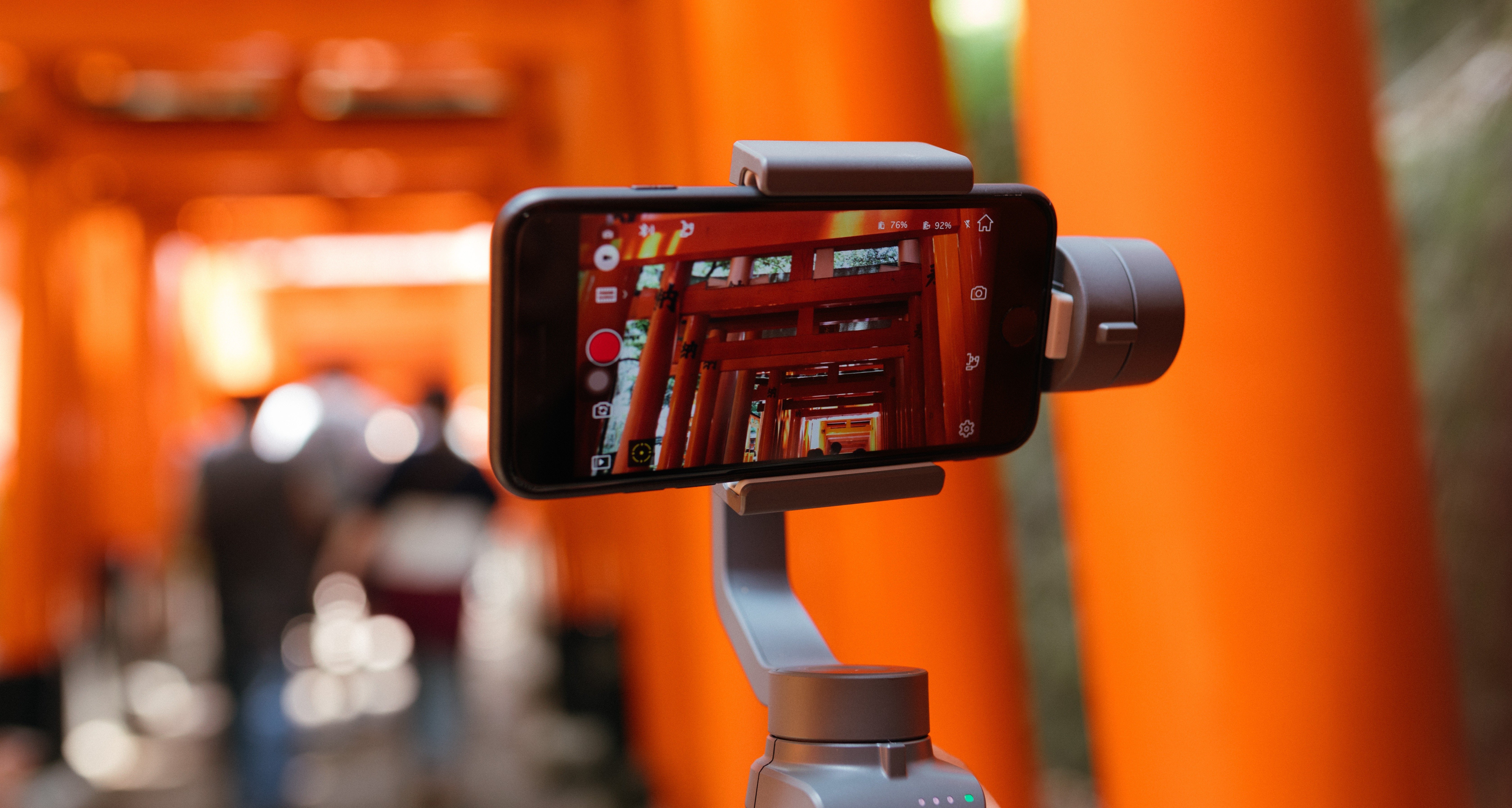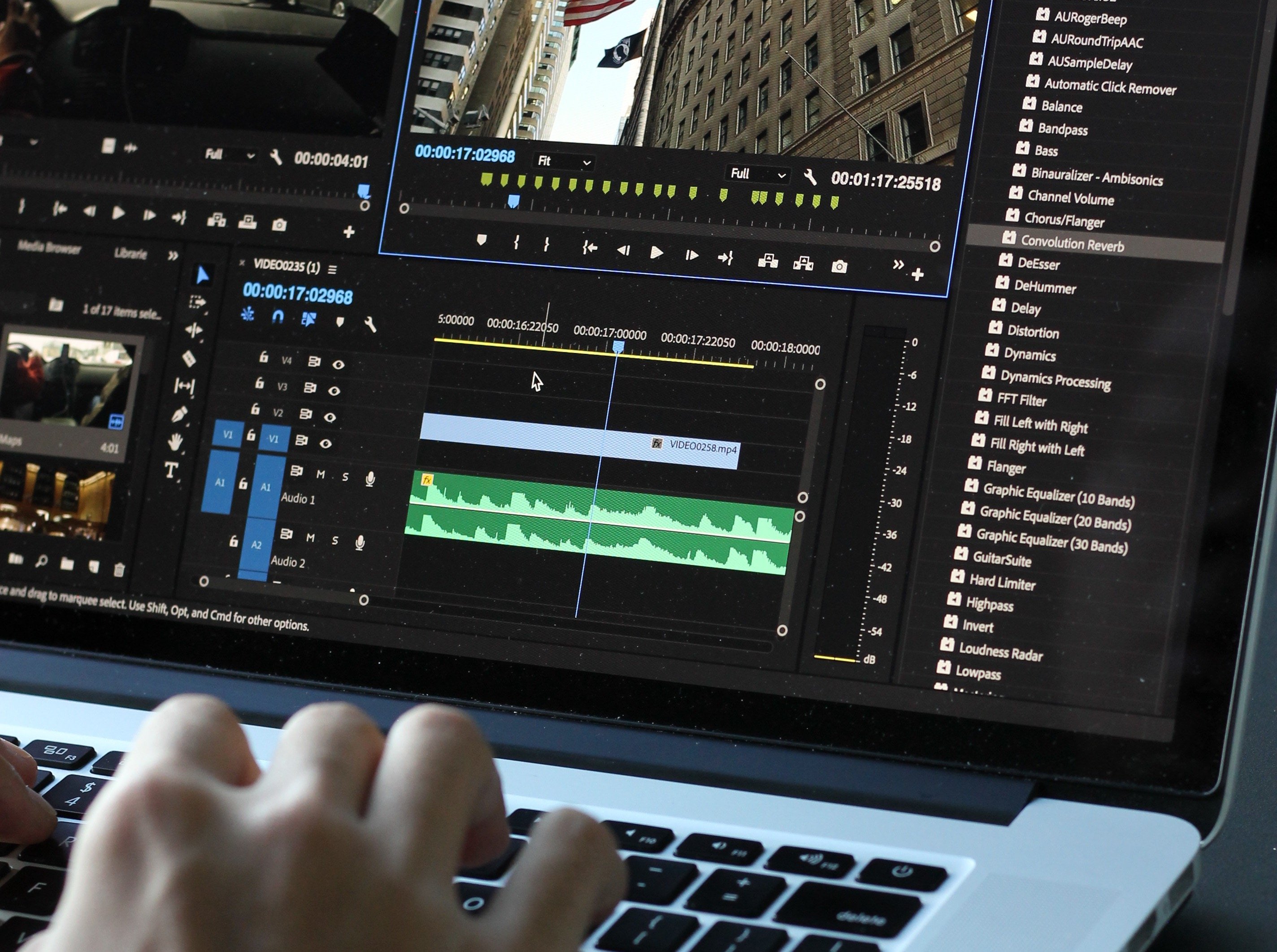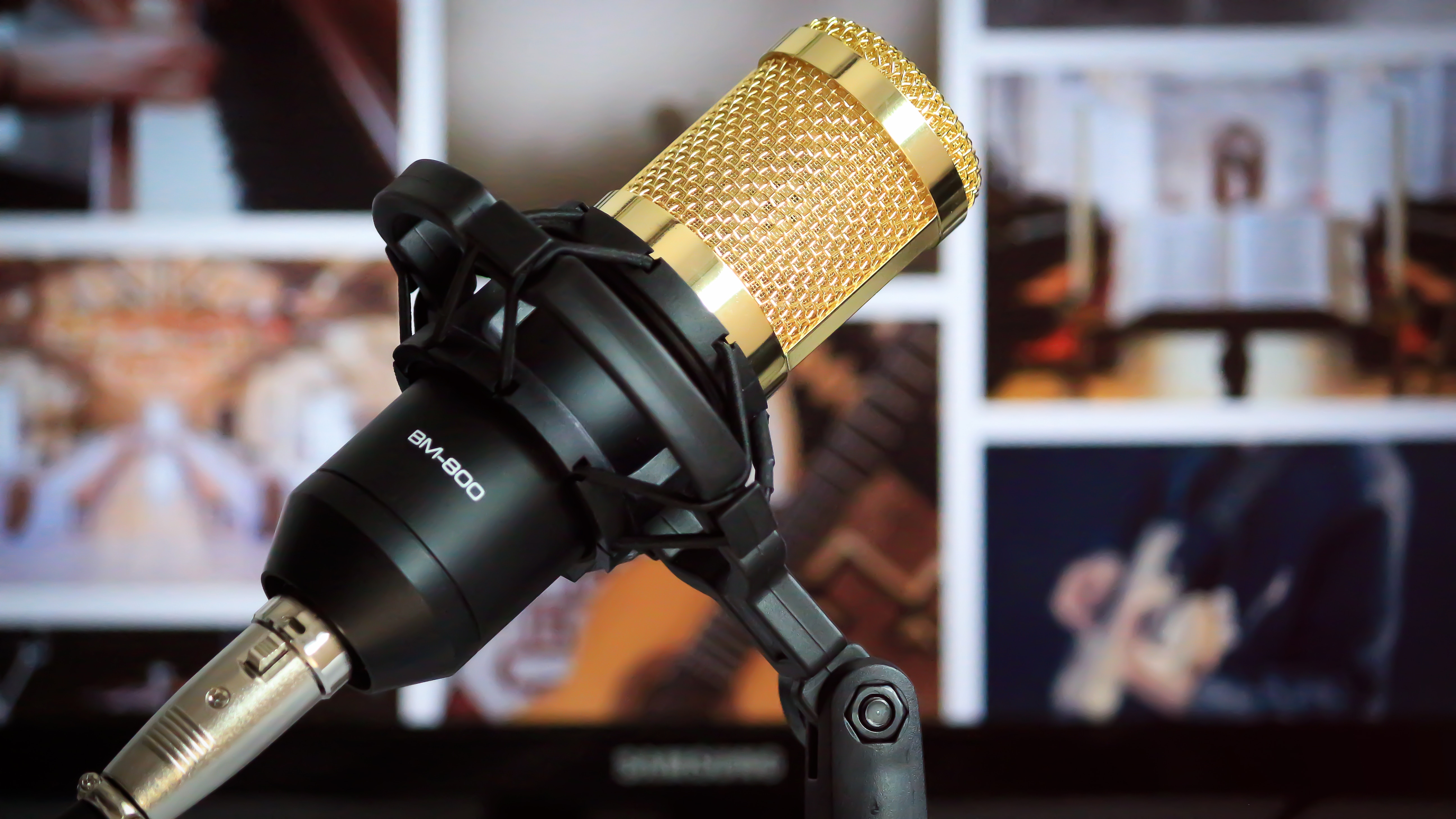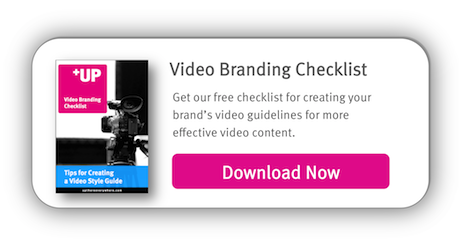Striving to keep up with trends in website and social media content can sometimes leave you feeling overwhelmed. There’s a never-ending stream of new features and attention-grabbing gimmicks to consider incorporating into your own internet presence, and that’s before you even think about design trends and your website’s overall appearance.
But there is one thing you absolutely should do right now to ensure your site doesn’t fall behind the times and that’s make a video. Or, as the title of this post suggests, five.
 Video is an essential element of any good content marketing program.
Video is an essential element of any good content marketing program.
All things considered, video is the best use of your time and your promotional dollars. Videos are a great way to communicate your brand’s values and a shrewd way to keep people glued to your web pages.
Sceptical? Here’s what the big guns have to say:
1. In a white paper entitled ‘Visual Networking Index: Forecasts and Trends 2017 to 2022’, Cisco predicts that by 2022, 82% of all consumer web traffic will be streaming or downloading video. That’s fifteen times higher than in 2017.
2. According to Alexa, video sharing outlet YouTube is currently the world’s second favourite website, beaten only by Google.
3. Nicola Mendelsohn, who runs Facebook in Europe, the Middle East and Africa, predicted that by 2021 all of Facebook’s content will be video.
2021 is a mere eighteen months away.
You have no time to waste.
Educated consumers are much more likely to make a purchase
Here are the five types of video content you should consider making today:
1. An ‘FAQ’ video
Find the most common queries in your company’s inbox then write them on a white board and have your head of marketing answer them one by one. Educated consumers are considerably more likely to purchase your product plus FAQ presentations allow you to establish your credentials in a more subtle and indirect way.
2. A short ‘how to’ video (Explainer video)
Select just one aspect of your business and demonstrate it on camera. ‘How to’ videos highlight your expertise, giving you credibility and authority. This are sometimes called 'explainer' videos. Unlike promotional videos, they are designed to be educational and provide information you customers need to know rather than urging them to buy. 'How to' videos are among the top type of video people search for on YouTube so having a presence there can really help your SEO.
3. A longer tutorial
Videos in which you teach consumers to use your products or services are great for SEO because they encourage viewers to spend more time on your web page. Plus, as mentioned above, educated consumers are more likely to open their wallets.
4. Customer testimonials
Record your best customers’ satisfaction on camera. Also, get them to demonstrate how they use your products. Be sure to ask questions that let them tell their story and be sure to make them laugh. When it comes to endorsements, very little beats the toothy grin of a happy customer.
5. A vlog (or live video)
Video blogs, are a great way to connect with potential customers. Firstly, they’re informal and that helps break down barriers. Secondly, they’re a great opportunity to tease upcoming new products. Thirdly, you can show how hard your staff are working. Finally, they offer an enticing behind-the-scenes look at your operation, giving your potential customers that ‘insider’ feeling. Vlogs don’t need high production values. You could start simply by taking viewers on a tour of your place of business, using just your cellphone, and introducing colleagues as you go.

Expensive or special equipment isn't necessary to get started creating videos that can support your content marketing program.
Don’t spend a huge amount of money
Some things you need to consider before you start shooting:
1. Hardware
Don’t rush into buying expensive gear. Start shooting video with your phone. In time, you’ll probably want to add a better microphone, perhaps some LED panel lights and possibly also a rig, frame or gimbal to help keep the phone steady. These can all be bought very cheaply online. If you can, record the audio separately using a portable digital audio recorder, such as the excellent Tascam DR05.
Action cameras like the GoPro Hero 7 are another great way to capture quality video on a budget, especially when paired with a 3-axis gimbal. The camera will cost you around $400 and a stabiliser is an extra $90.
As your film making improves, you might consider buying a digital SLR, such as the Canon 5D Mark IV, which retails for close to $3,000, or a mirrorless camera, such as the Sony Alpha 7 RIII, which will set you back around $2,600. You’ll also need lenses, a tripod, lighting, a carrying case, filters and various other bits of kit, bringing your total spend for a basic pro set-up to around $7,000. However, although expensive cameras are shiny and sexy, there’s no point in having one stowed away in a cupboard. Instead of buying, consider renting equipment when you need it.
2. Software
To turn your footage into a film you’ll need editing software. There are hundreds of video editing systems out there and you could spend weeks deciding which one to buy so let me save you some time: If you use Microsoft Windows, stick with MovieMaker and, if you use Apple products, stick with iMovie. Both systems are usually free and both offer more than enough animations, transitions and other wizardry to allow you to make professional-looking films. They’re also easy to learn and there are plenty of online tutorials if you get stuck on any particular aspect.
At some point in the future, you will feel you’ve outgrown these two excellent editing systems and I have two recommendations for when that time comes. The first is DaVinci Resolve from Black Magic Design. Resolve is about the most sophisticated editing system available anywhere in the world. There’s a free version, which has limited features, and an all-singing, all-dancing version for $299.
The second recommendation is Lightworks. Lightworks is free and open-source but don’t let that put you off. Among its many famous users are Baz Luhrmann, Quentin Tarantino and Martin Scorcese. The only problem with Lightworks and Resolve is that they are a million miles away from Movie Maker or iMovie.
 A reliable rule of thumb is that one minute of polished video takes one hour to edit. Extend that to two hours if you want fancy effects and precise music synchronization.
A reliable rule of thumb is that one minute of polished video takes one hour to edit. Extend that to two hours if you want fancy effects and precise music synchronization.
Communicate your values
3. Content
Okay, I’ll put this in block capitals to make it easier for you to imagine me shouting it: DO NOT MAKE A COMMERCIAL. The point of your video is not to sell a product or a service, it is to communicate your values while offering potential clients and customers a little help in an interesting and entertaining way. Don’t think like a marketer, think like a storyteller. Your story doesn’t have to be gripping or exciting. It doesn’t have to be a tear-jerker or a laugh-a-thon. It does have to be honest and engaging.
Do some research and find out what questions your potential customers might ask. AnswerThePublic.com aggregates all the queries typed into search engines and produces a list of the most common. Use it, and other services, to figure out what your customers want to know. They might be asking ‘How do I stop neck pain?’ If so, make a video with that exact title.
4. Composition
There’s a thing in photography and cinematography called the Rule of Thirds. Essentially, you imagine your viewfinder divided by three equally-spaced vertical lines and three equally-spaced horizontal lines. You then line up your interviewee or subject with those lines to get a more pleasing composition. Most digital cameras have a rule of thirds feature that makes the lines appear on the viewing screen.
5. Lights
One of the secrets to successfully recording anything – audio, still photos or moving images – is controlling the environment. Did you ever watch a movie scene in which the main characters are indoors and there’s sunlight streaming in through the windows?
Actually, you didn’t. That wasn’t sunlight, it was artificial light over which the film makers had complete control. Almost everything in the movies is faked. I’m not saying you need to go that far when making your first simple videos but you do need to give quite a bit of thought to the lighting. Recording outside in bright sunshine could leave your subject squinting or in silhouette. Recording indoors under fluorescent light could make them appear ghostly. Consider buying an inexpensive LED light panel and, as you progress, be sure to read about basic three and four-point lighting set-ups.
6. Sound
To begin with, you’ll likely use the same device to record both video and sound simultaneously. That’s fine, especially for vlogs and material recorded on the fly. As your productions become more sophisticated, you’ll need to invest in a portable recording device such as the Tascam DR05 mentioned earlier. You should also buy a pair of lavalier microphones – those tiny things that poke out of the guests’ shirts on TV talk shows.
A decent lav mic that plugs directly into your phone costs just $22 plus shipping. To learn more about sound recording, check out my blog post ‘What you need to know before buying a microphone’.

A decent recording microphone will help improve the quality of your video.
The first ten seconds are the most crucial
7. Length
Don’t get too hung up on length. If your video is boring, people will navigate away from it. If it entertains or informs them, they’ll stick around no matter how long it is. The first ten seconds of any video are the most important so make them engaging and compelling.
8. Captions
85% of videos on Facebook are viewed in silence. Both Windows Movie Maker and Apple’s iMovie have easy-to-use methods of adding captions to your video. Keep them short and keep them bold. For an example of how to use captions well, check out Zinc on Facebook. One thing to remember is that captions and subtitles are two completely different things.
9. Music
Adding music to your videos is a relatively easy process but you need to be careful not to break copyright laws. You can’t use Adele’s latest track to sell your widgets without her permission. The best way around this is to use ‘free’ or ‘copyright free’ music. YouTube has a huge library of copyright free tracks available to its users. Another good source is the Free Music Archive.
10. Platform
It’s essential you post your videos on Facebook and either YouTube or Instagram or both. LinkedIn is also an option but it’s less effective as a marketing tool. There are plenty of other platforms, including Instagram’s IGTV and Facebook Watch. You might also like to try embedding video into emails. Hubspot has a tool to help you do just that.
‘Perfect is the enemy of good.' - Voltaire
11. Practice
Don’t expect to be expert right away. Allow yourself to suck for a while. Your tenth video will be better than your first.
12. Start now
If you don’t get started, someone else will make the video you should have made. Get your cellphone out right now and shoot some footage. Ten seconds will suffice.
Done?
You’re a videographer now. You’re more than likely a BAD videographer but don’t worry, you’ll be better next time.
UP’s ace videographer, Ewan Cameron, offers some practical tips for filming interviews.


